
In the world of fine jewelry, two increasingly popular alternatives to natural diamonds are Moissanite and Lab-Grown Diamonds. While both are ethical, sustainable, and budget-friendly options, they differ significantly in terms of composition, appearance, cost, durability, and more. If you're shopping for an engagement ring or simply curious about the differences between these two sparkling stones, this comprehensive comparison will help you make the right choice.
1. Origin and Composition
Moissanite
Moissanite is made of silicon carbide (SiC). The original moissanite crystals were discovered by French scientist Henri Moissan in 1893 in a meteor crater. Because natural moissanite is incredibly rare, virtually all moissanite used in jewelry today is lab-created.
Lab Diamond
Lab-grown diamonds are real diamonds, made from carbon atoms arranged in the same crystal structure as natural diamonds. These diamonds are created in highly controlled lab environments using CVD (Chemical Vapor Deposition) methods. The result? A gemstone that is chemically, physically, and optically identical to mined diamonds.
2. Appearance and Sparkle
Brilliance
One of the biggest visual differences lies in the type of sparkle.
-
Moissanite exhibits a fire and brilliance that is even greater than that of a diamond. Its high refractive index (2.65 – 2.69) means it emits more rainbow-colored flashes, which some people find mesmerizing, while others may find it too flashy.
-
Lab Diamonds, on the other hand, reflect light in the same way as natural diamonds, offering a more classic sparkle with a balance of brilliance and scintillation.
Color
-
Moissanites typically have a slightly warmer tint, especially in larger stones. While premium moissanites are marketed as “colorless,” they often appear near-colorless or with a faint yellow or gray hue.
-
Lab diamonds are graded on the same GIA color scale as natural diamonds (D to Z). Buyers can choose from a truly colorless (D-F) to near-colorless range based on preference and budget.
Clarity
Both Moissanite and lab diamonds are grown under controlled conditions, so they usually have fewer inclusions than mined diamonds. Lab diamonds may still have minor inclusions similar to those in natural diamonds, whereas moissanites are usually eye-clean.
3. Hardness and Durability
Moissanite
On the Mohs scale of hardness, moissanite scores a 9.25, making it one of the hardest substances on Earth — second only to diamonds. It is extremely durable and suitable for everyday wear, especially in engagement rings.
Lab Diamond
Diamonds, whether lab-grown or natural, are the hardest known material with a Mohs rating of 10. This makes lab diamonds slightly more durable than moissanite and more resistant to scratching.
4. Price Comparison
Price is one of the most significant factors for many buyers.
-
Moissanite is considerably more affordable than lab-grown diamonds. For example, a 1-carat moissanite may cost around $300 to $600+, depending on quality, whereas a 1-carat lab-grown diamond can range from $1000 to $15,000+.
-
Lab Diamonds are cheaper than natural diamonds but more expensive than moissanite because of their identical properties to mined diamonds.
If you're on a tight budget but still want maximum sparkle, moissanite offers outstanding value.
5. Environmental and Ethical Impact
Both moissanites and lab-grown diamonds are sustainable and conflict-free alternatives to natural diamonds.
-
Moissanite is lab-created and doesn’t involve mining, making it an eco-friendly option.
-
Lab Diamonds are also considered environmentally responsible, though the energy consumption in the growth process (especially HPHT) can be significant. Still, they eliminate many of the ethical concerns tied to traditional diamond mining.
6. Certification and Resale Value
Moissanite
Moissanite is not graded by GIA (Gemological Institute of America), but many manufacturers provide in-house certifications. It generally has a lower resale value, as it’s not as sought-after as diamonds in the secondhand market.
Lab Diamonds
Lab diamonds can be certified by major gemological institutes such as IGI or GIA, which provide grading reports for cut, color, clarity, and carat. They typically have better resale value than moissanite but still fall short compared to natural diamonds.
7. Popularity and Perception
-
Moissanite is often chosen for its sparkle and affordability and is especially popular among those seeking a non-traditional gemstone.
-
Lab Diamonds are often selected by those who want the look and prestige of a real diamond, without the high cost or ethical concerns associated with mined stones.
Final Thoughts: Which One Should You Choose?
The decision between moissanite and lab-grown diamonds depends on your budget, aesthetic preference, and personal values.
-
Choose moissanite if you want a brilliant, fiery gemstone with exceptional durability at an affordable price.
- Choose a lab-grown diamond if you want a real diamond with traditional sparkle, certification, and a more prestigious reputation — but without the premium price tag of a mined diamond.
3 Color(s) Available
3 Color(s) Available
3 Color(s) Available
3 Color(s) Available
3 Color(s) Available
3 Color(s) Available
3 Color(s) Available
Shop To Surprise Your Loved One with a Stunning Diamond Ring
3 Color(s) Available
3 Color(s) Available
3 Color(s) Available
3 Color(s) Available
3 Color(s) Available
3 Color(s) Available
3 Color(s) Available
Diamond Earrings
Discover the Beauty of Diamond Earrings Featuring Moissanite and Lab-Grown Stones.
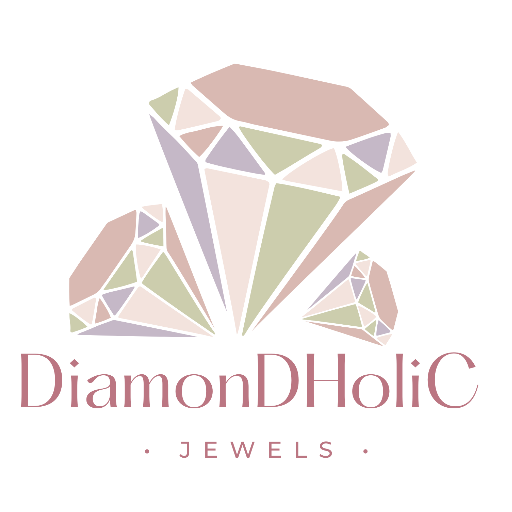
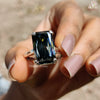

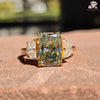
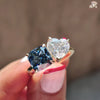

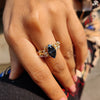
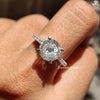
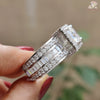
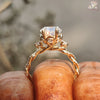
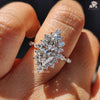
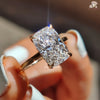
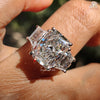
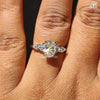
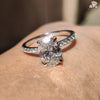
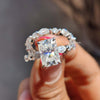
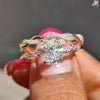
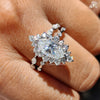
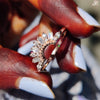
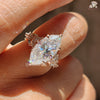
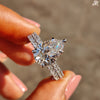
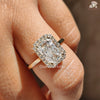

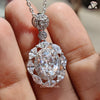

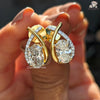
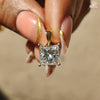
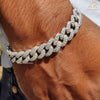


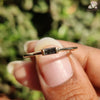

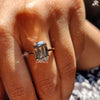

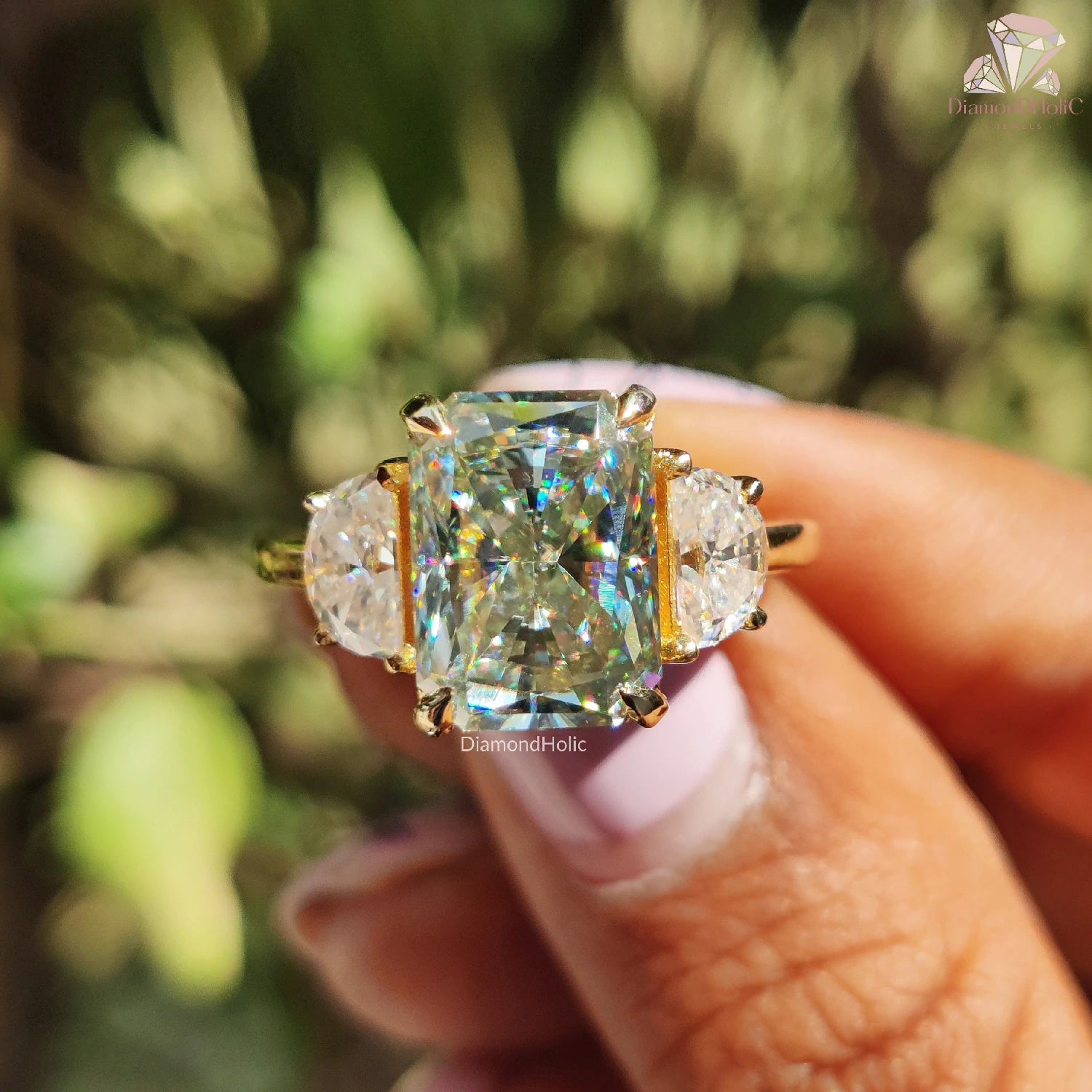
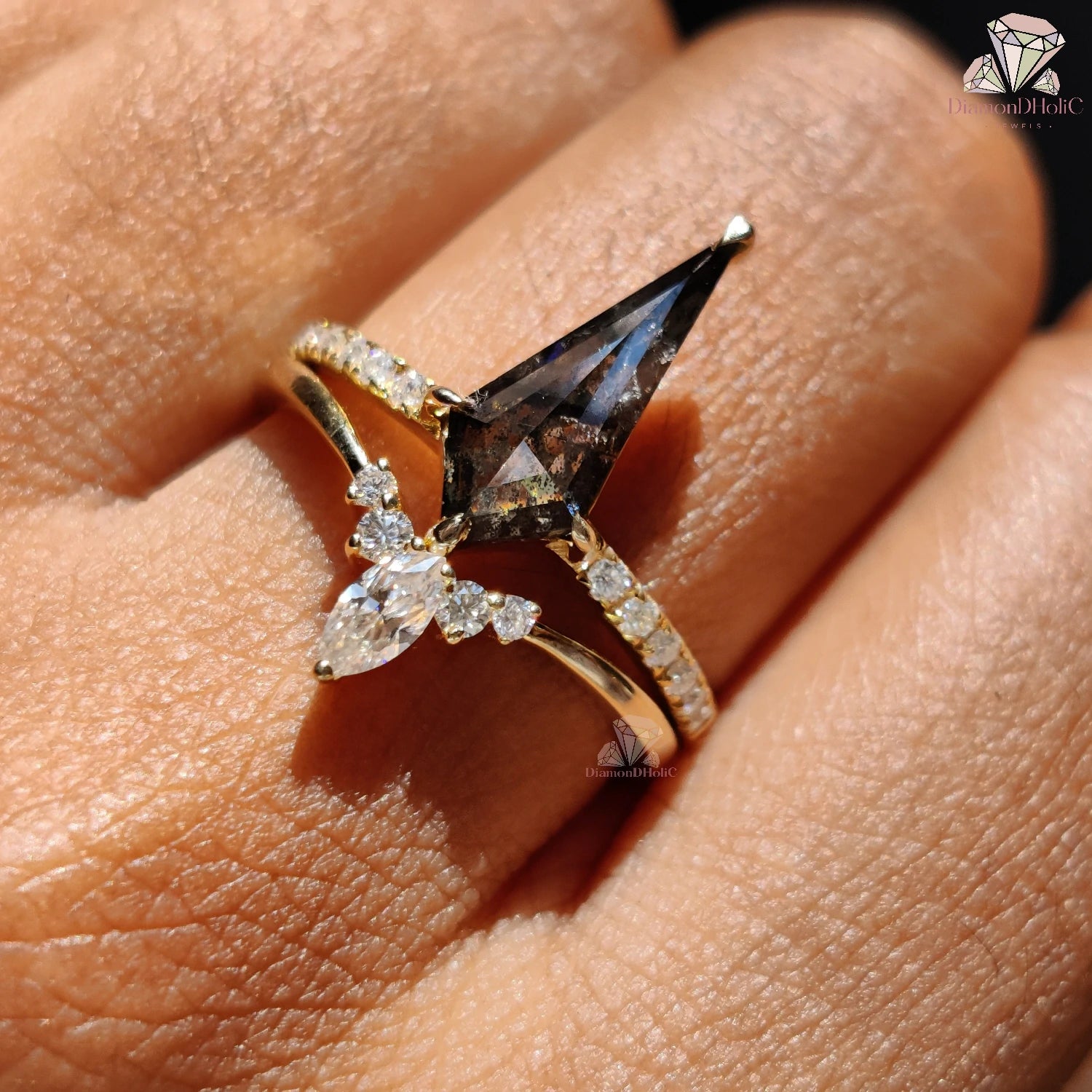
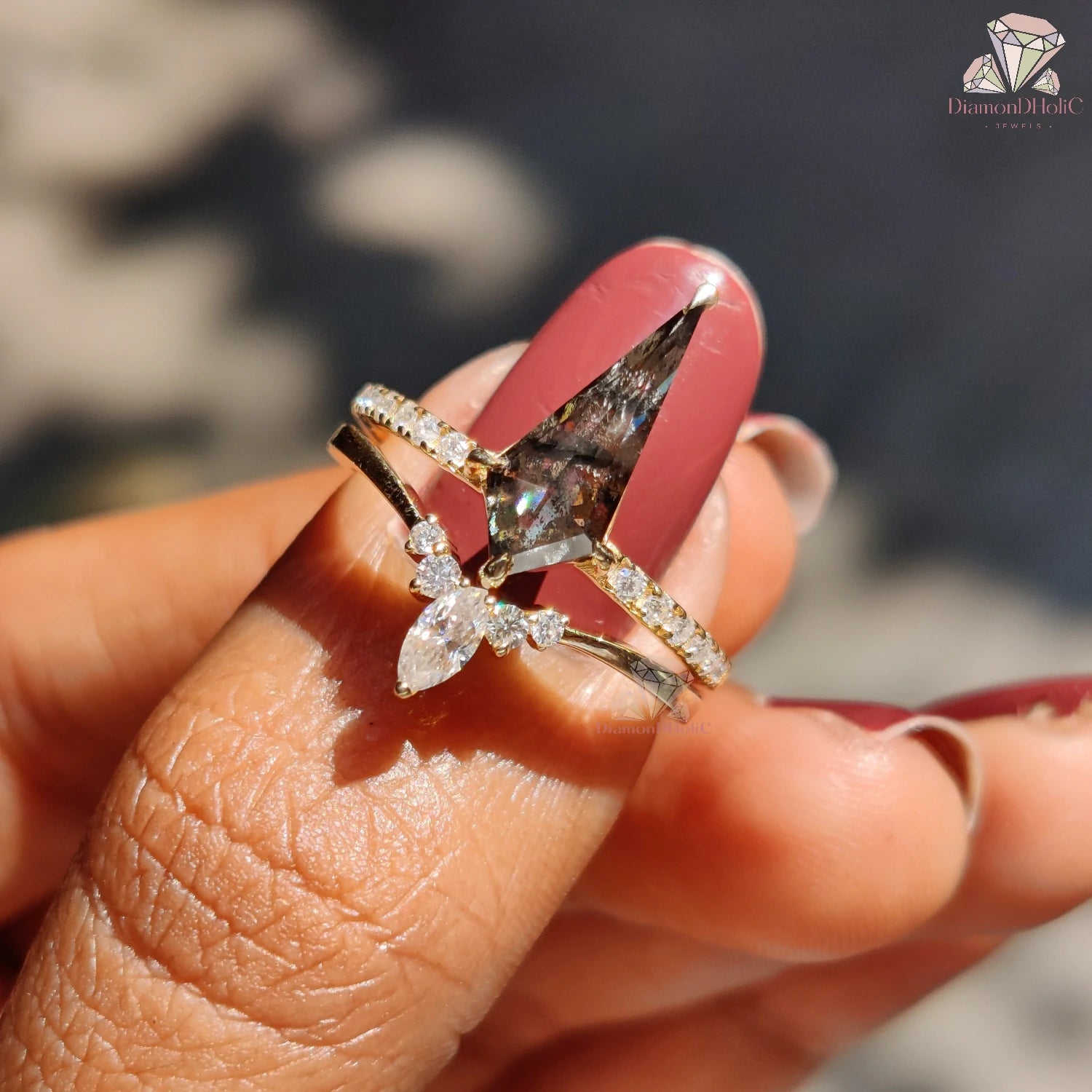
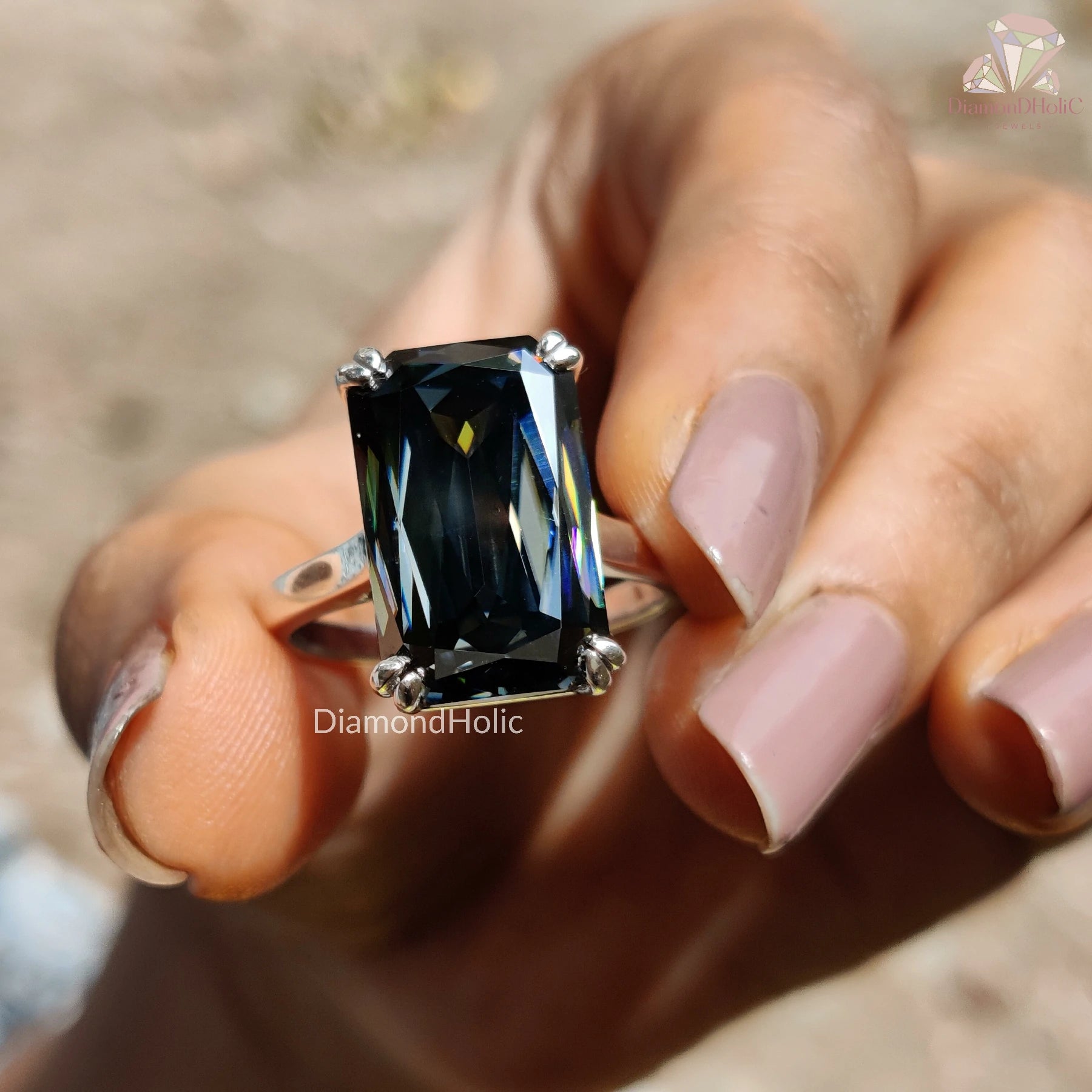
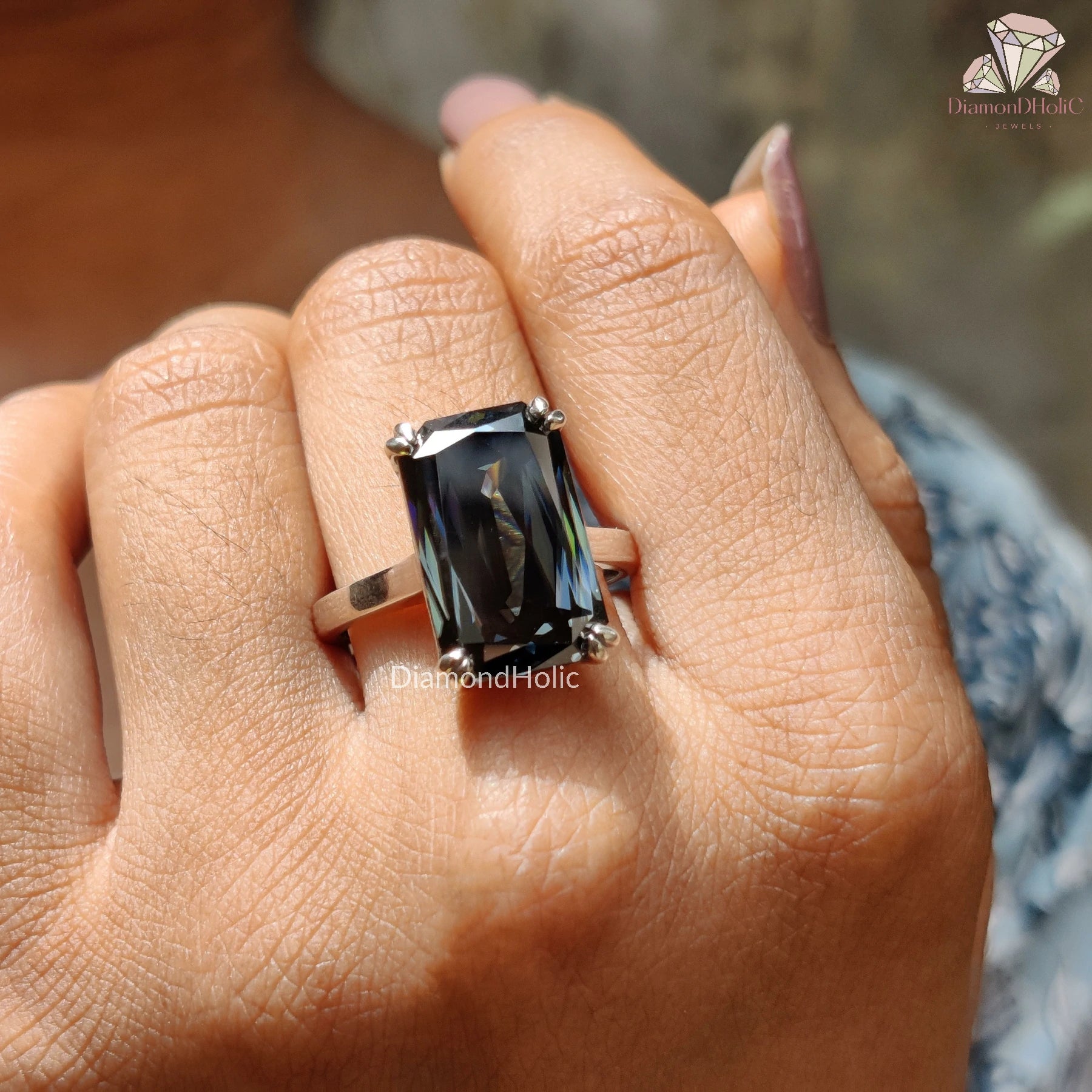
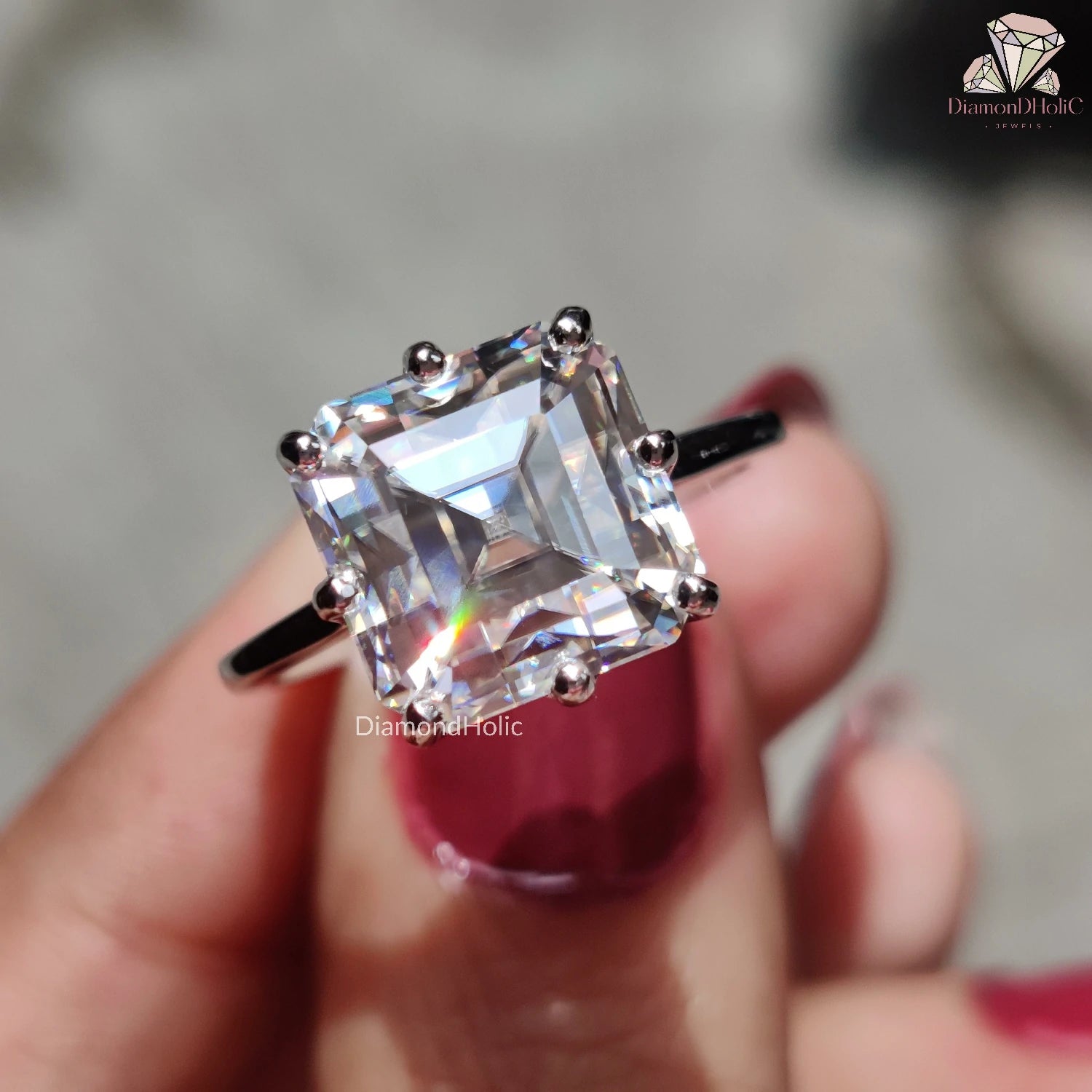
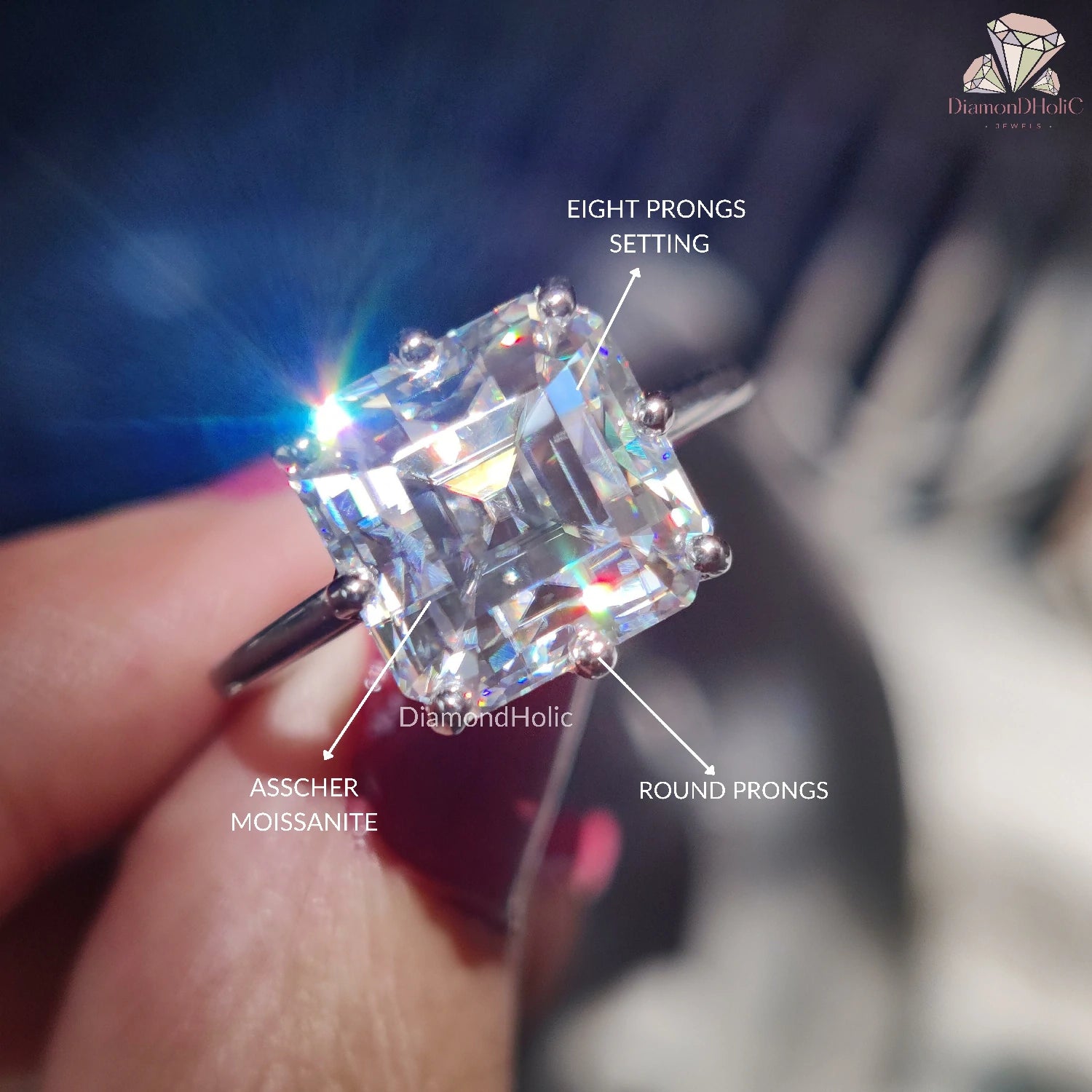
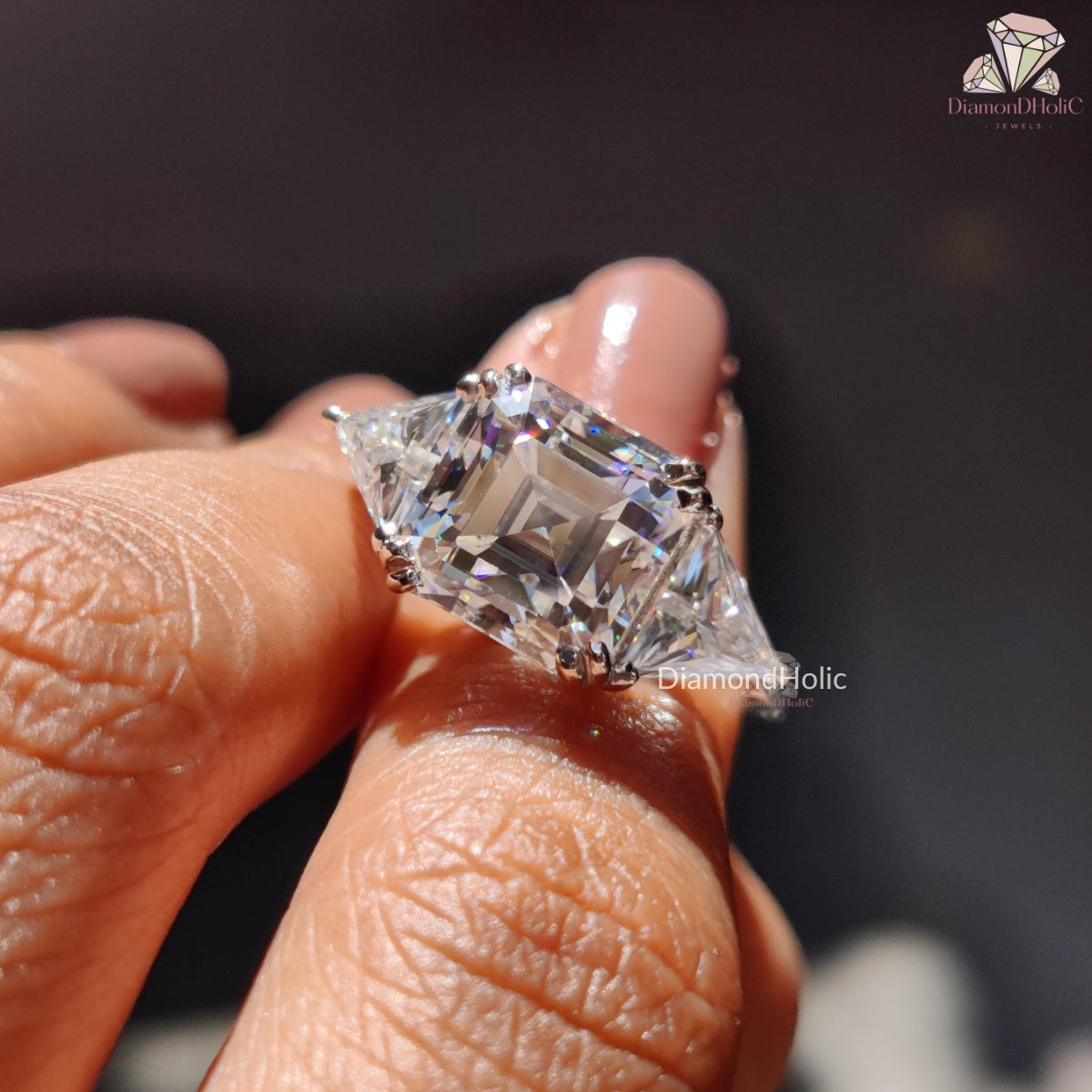
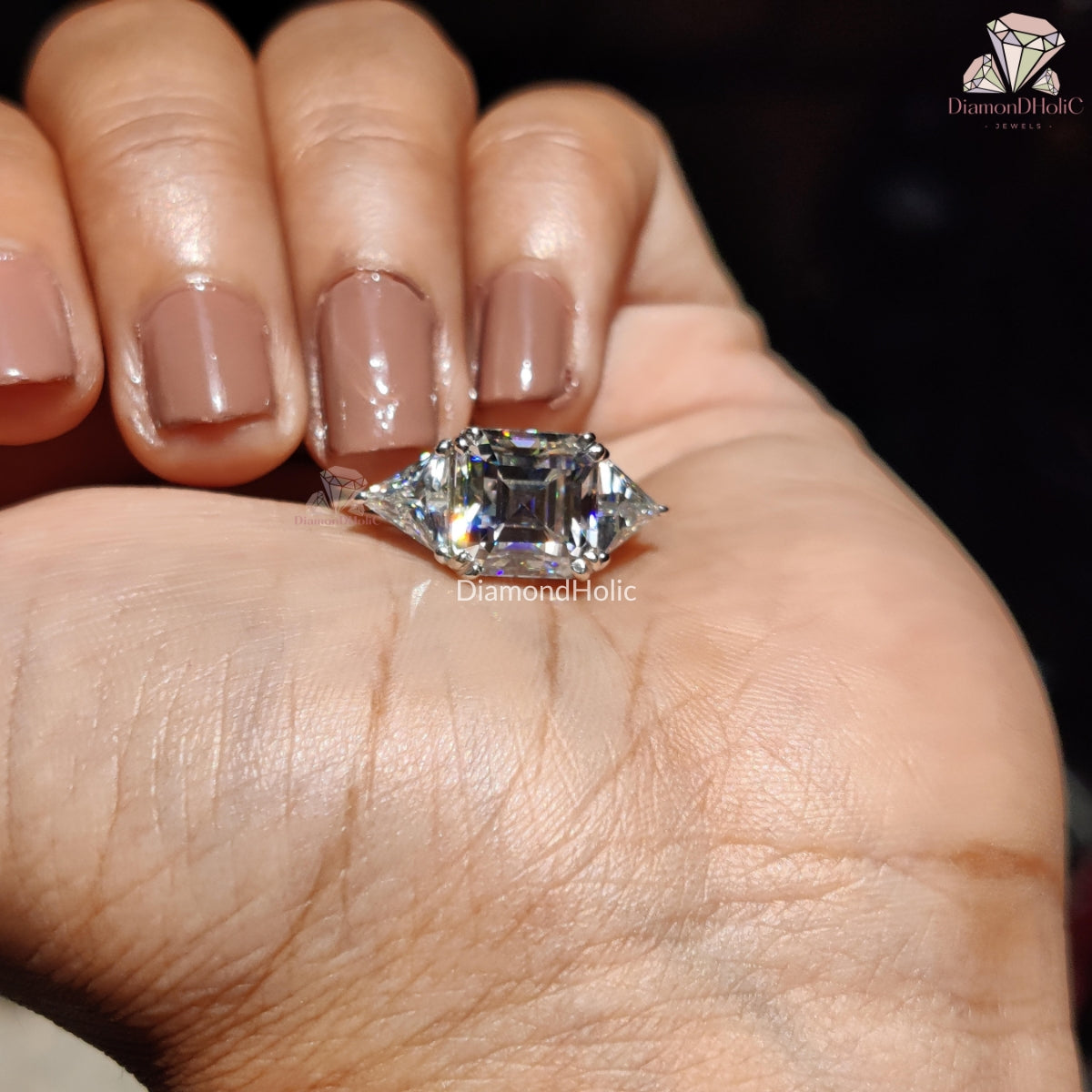
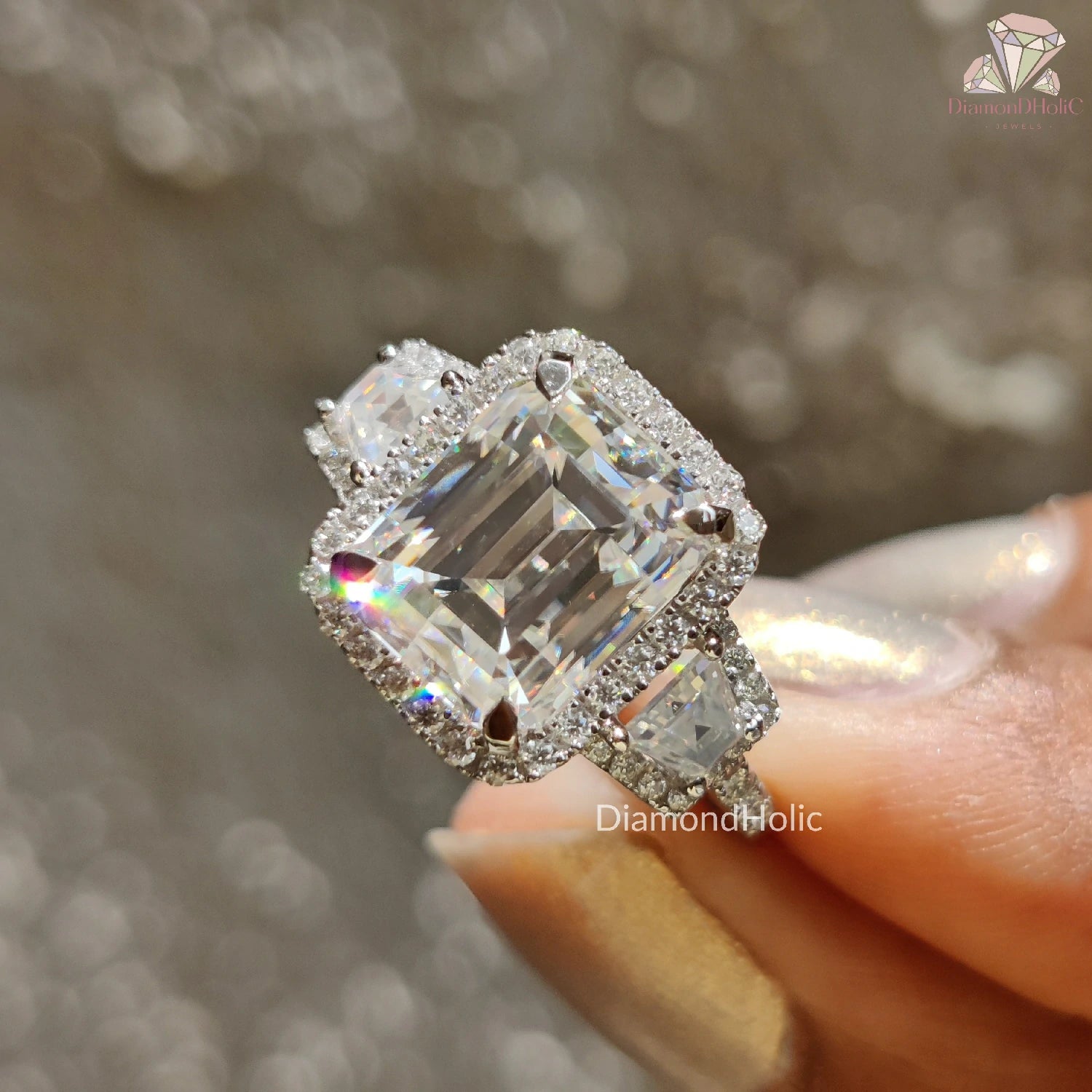
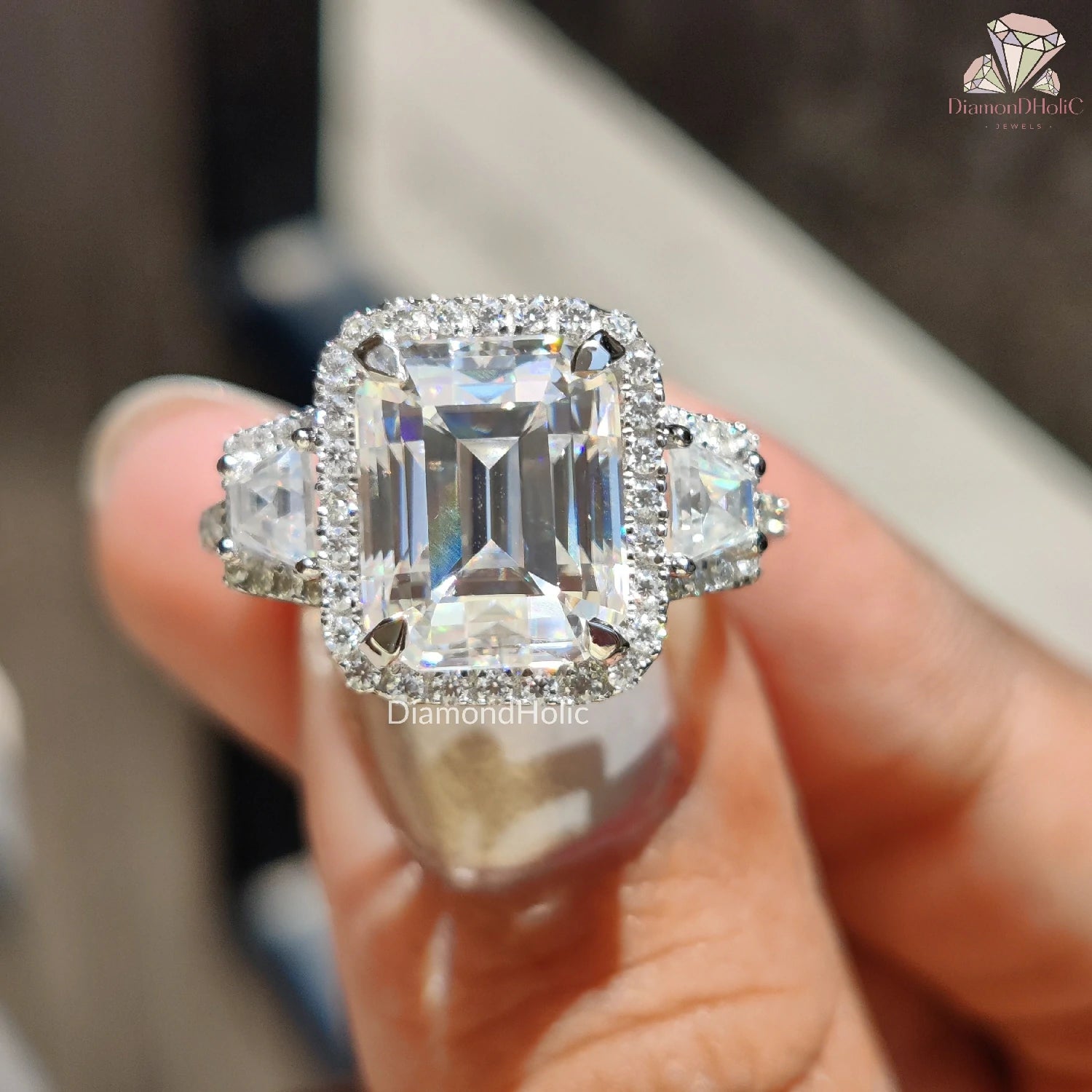
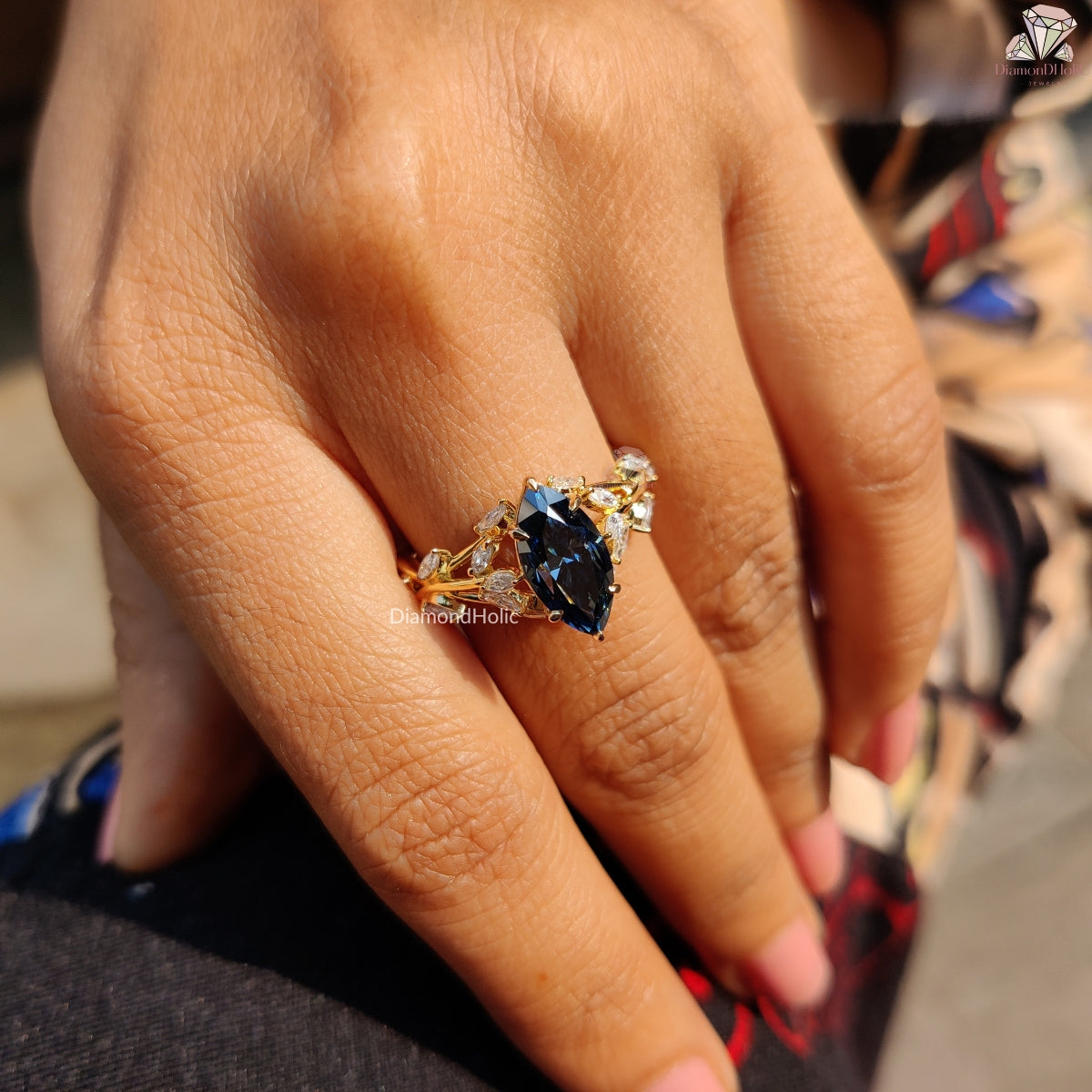
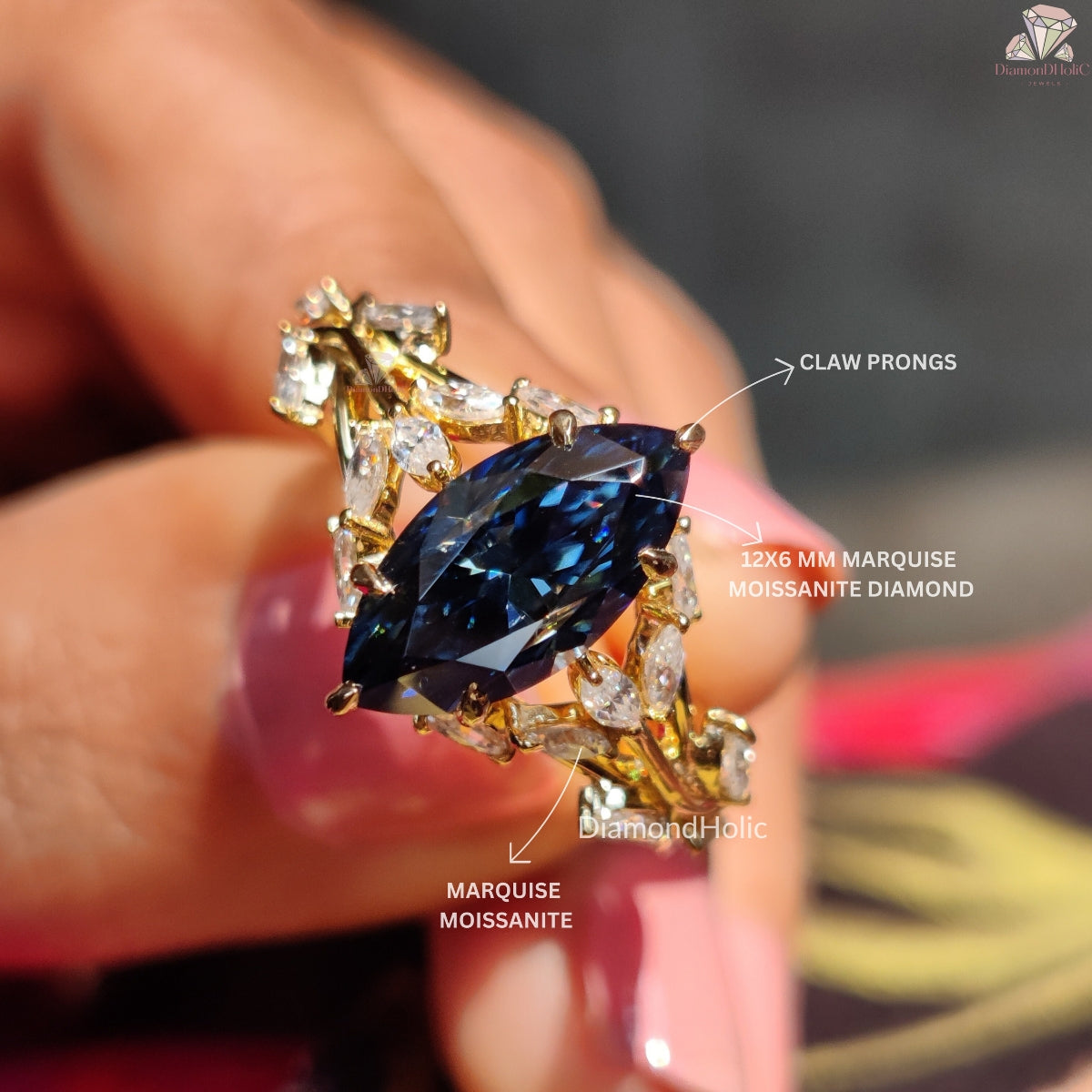
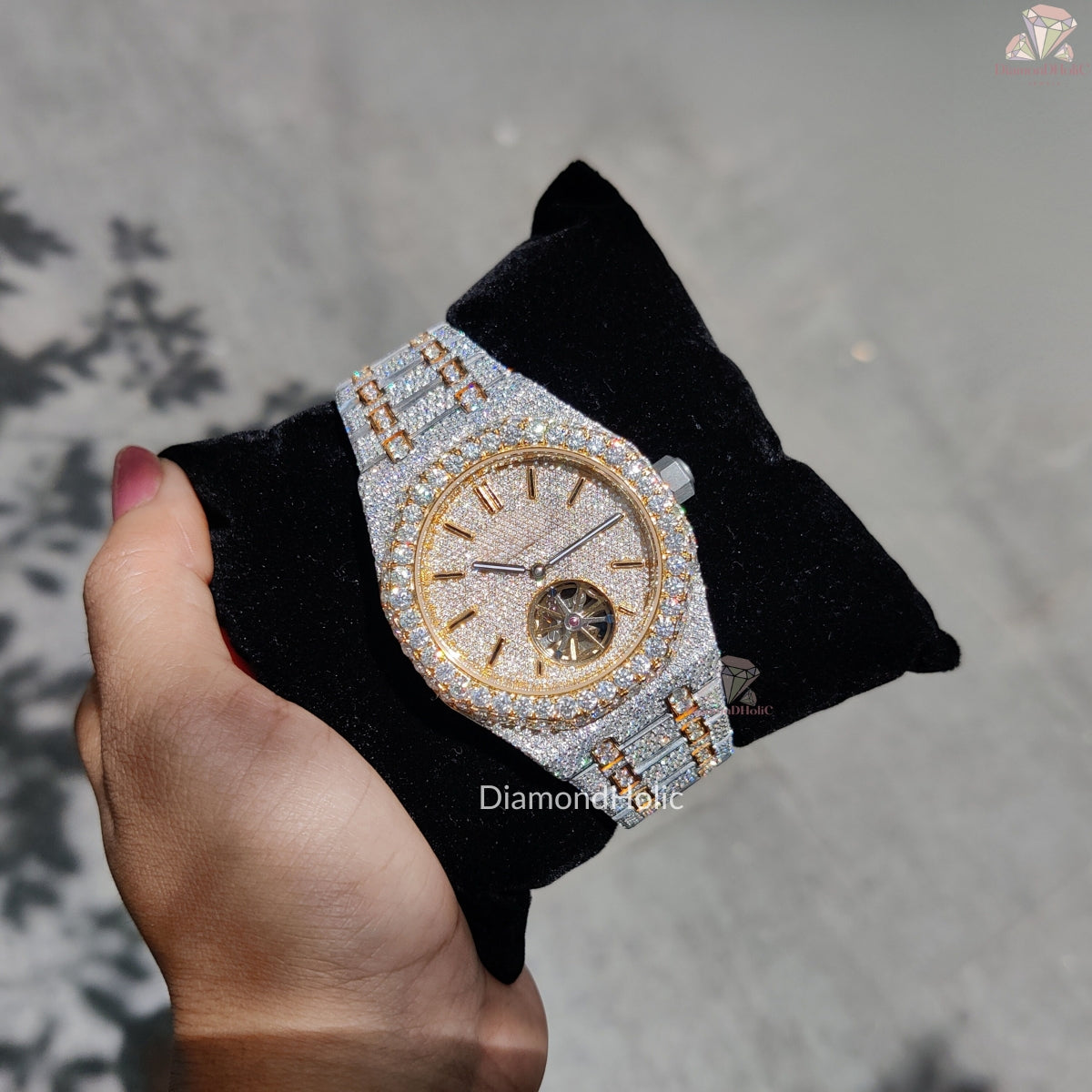
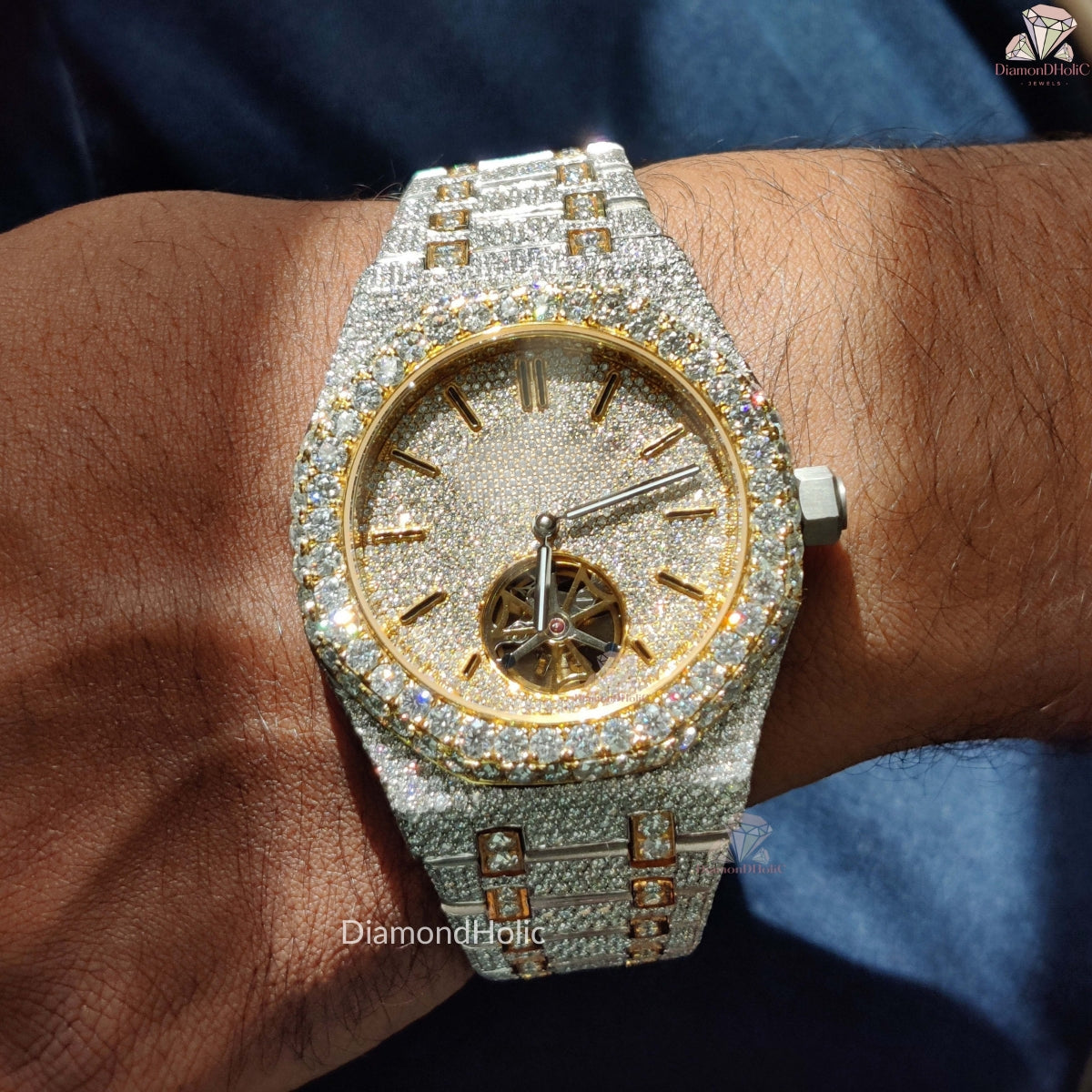
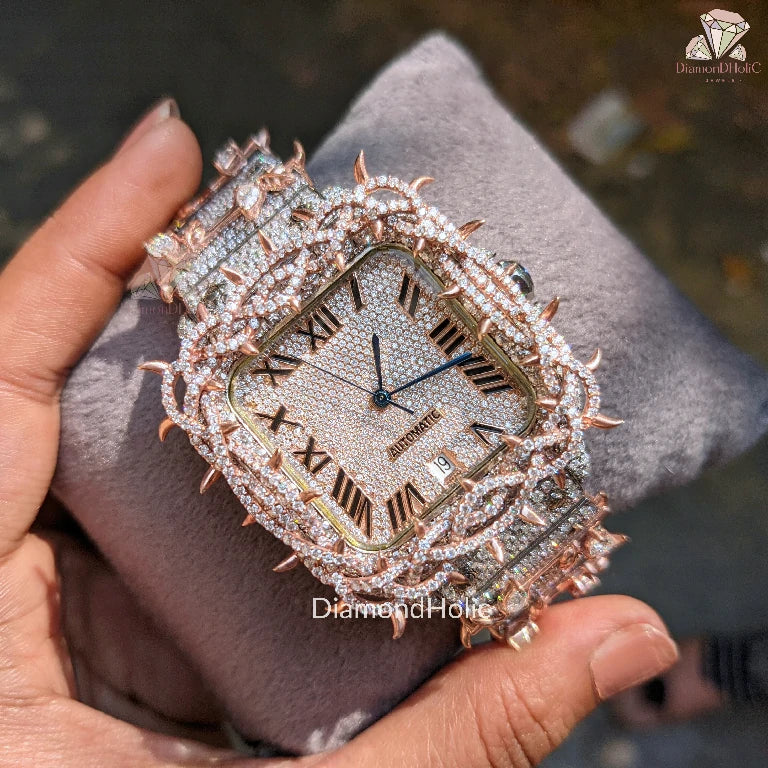
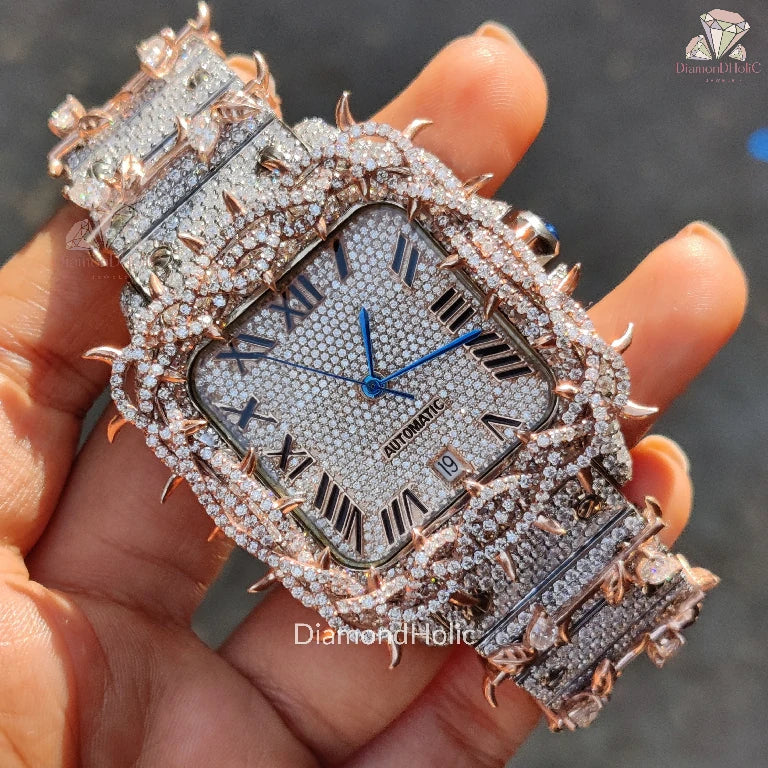
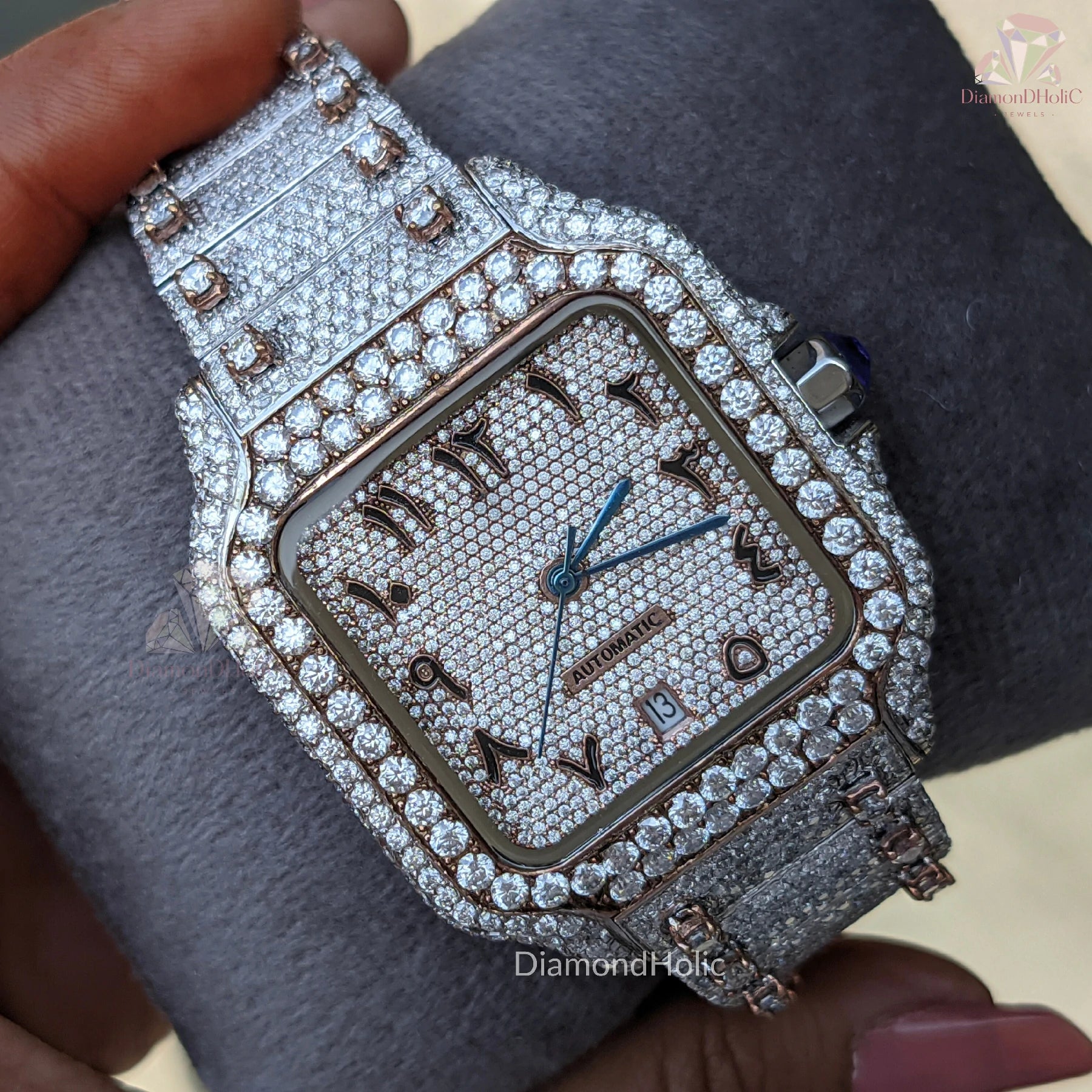
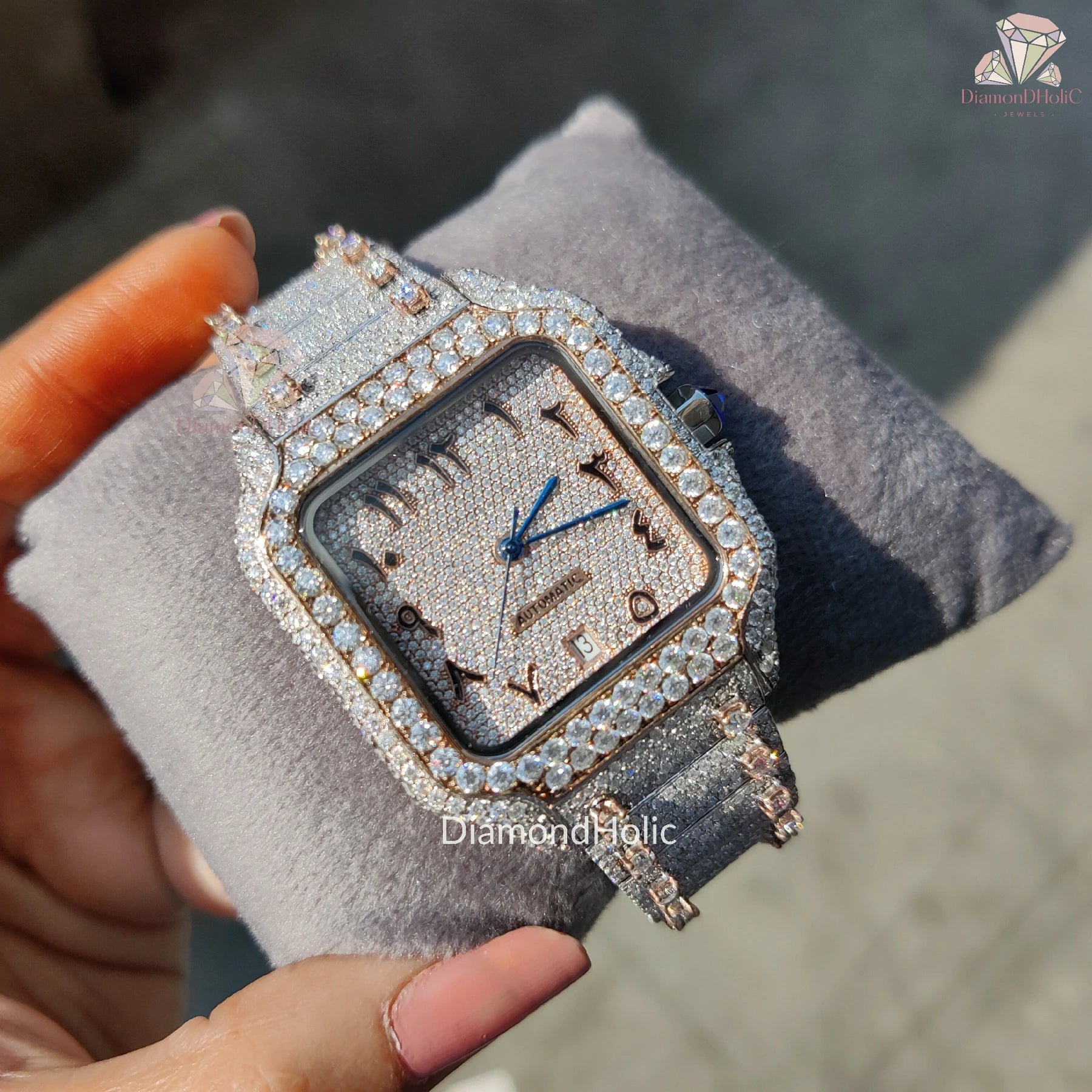
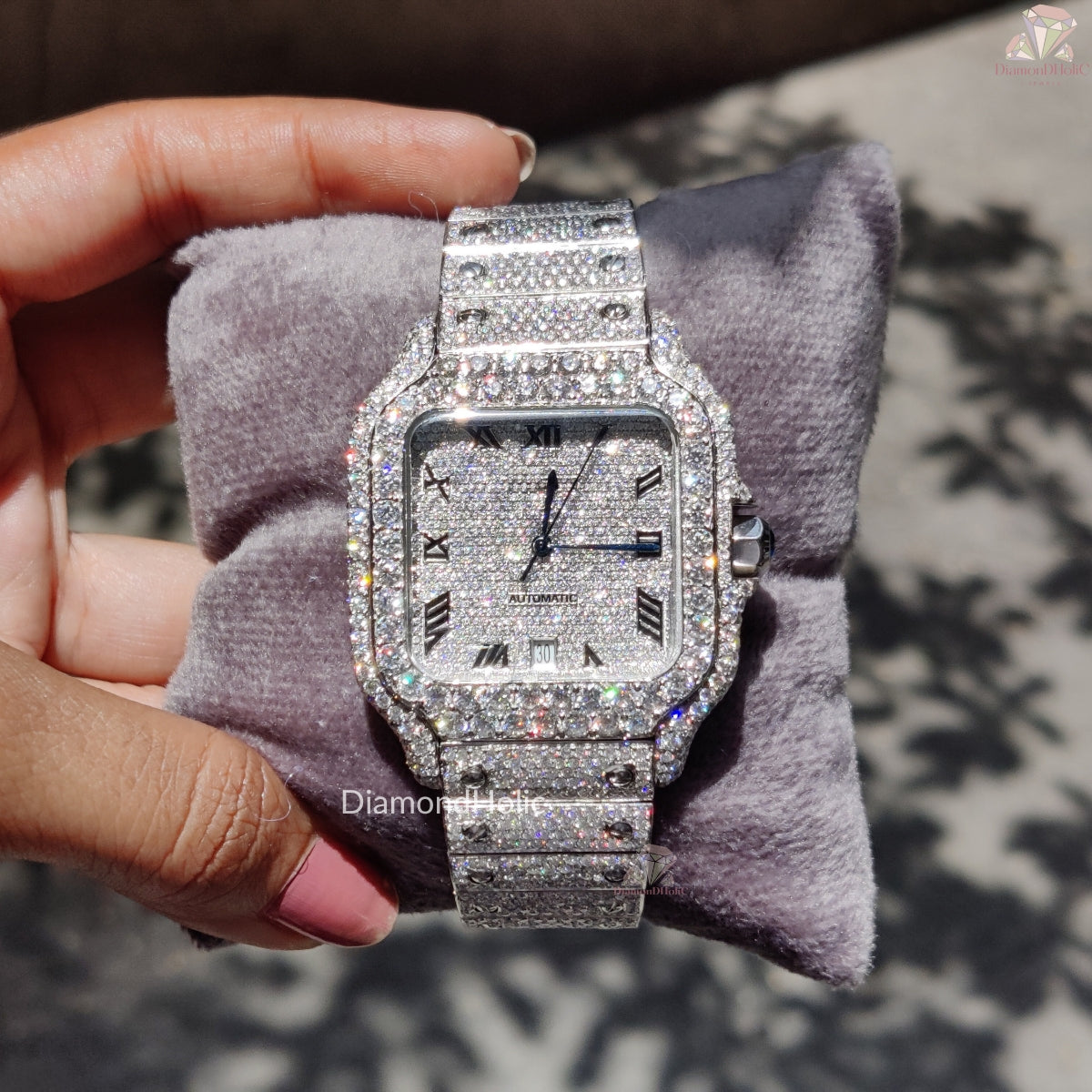
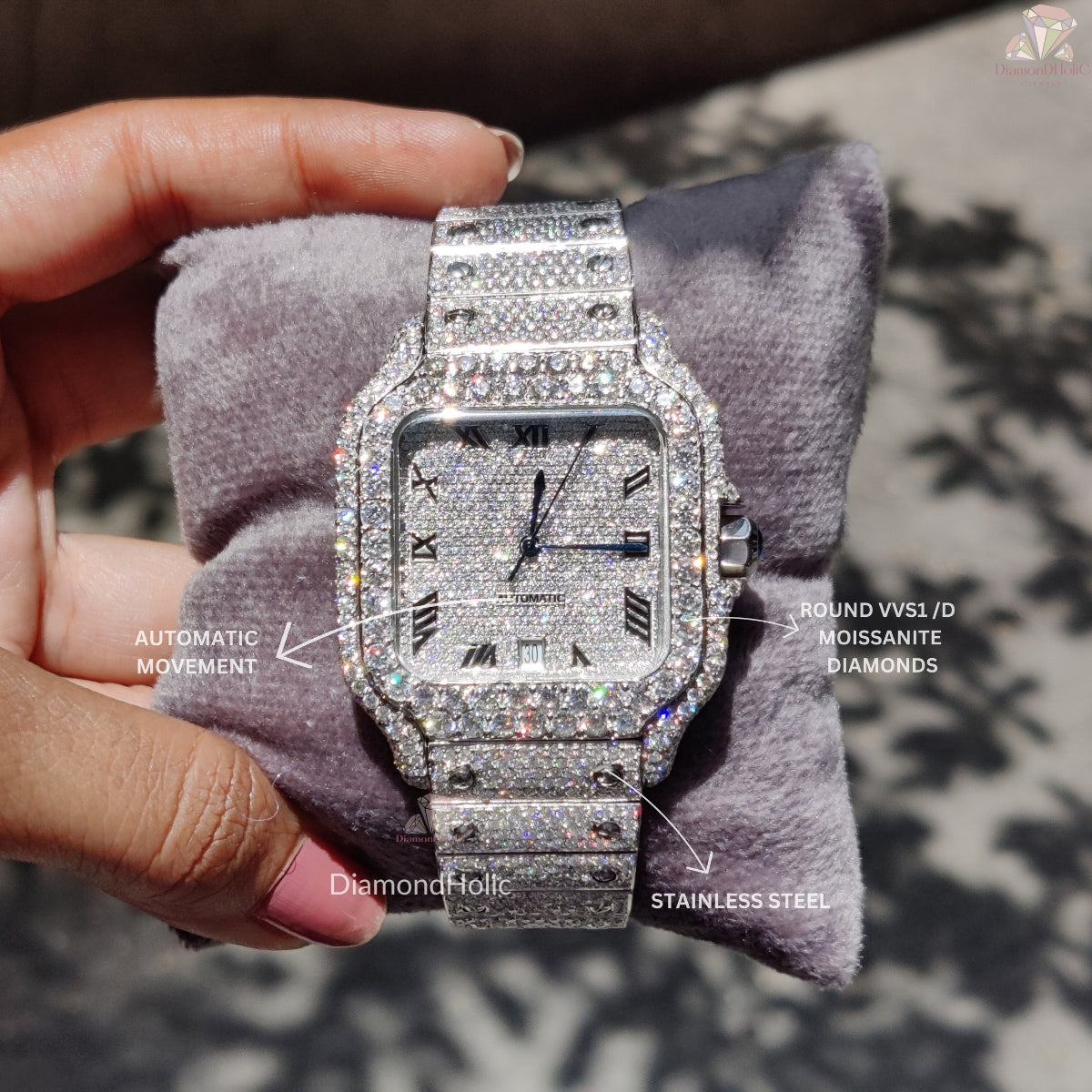
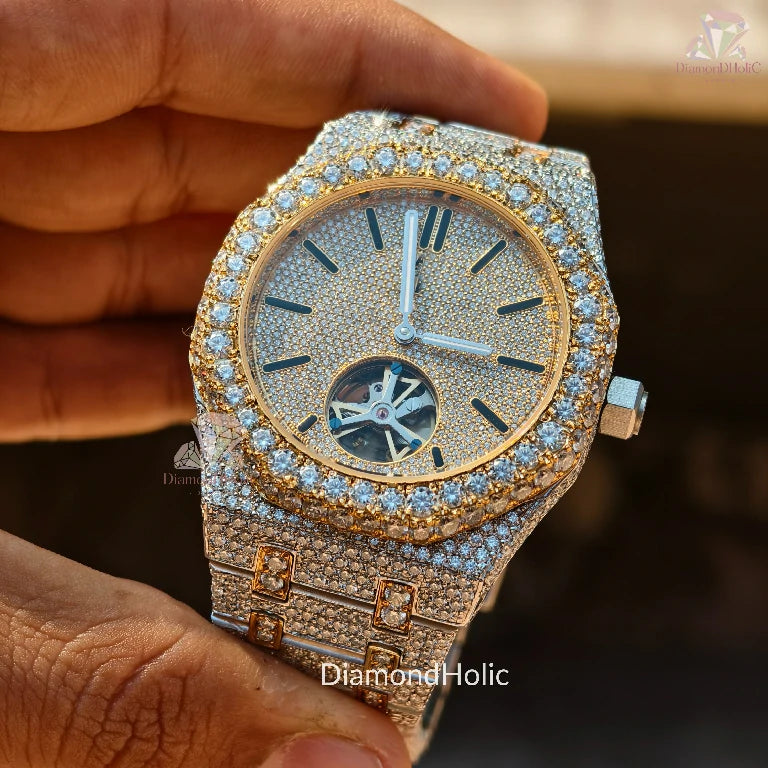
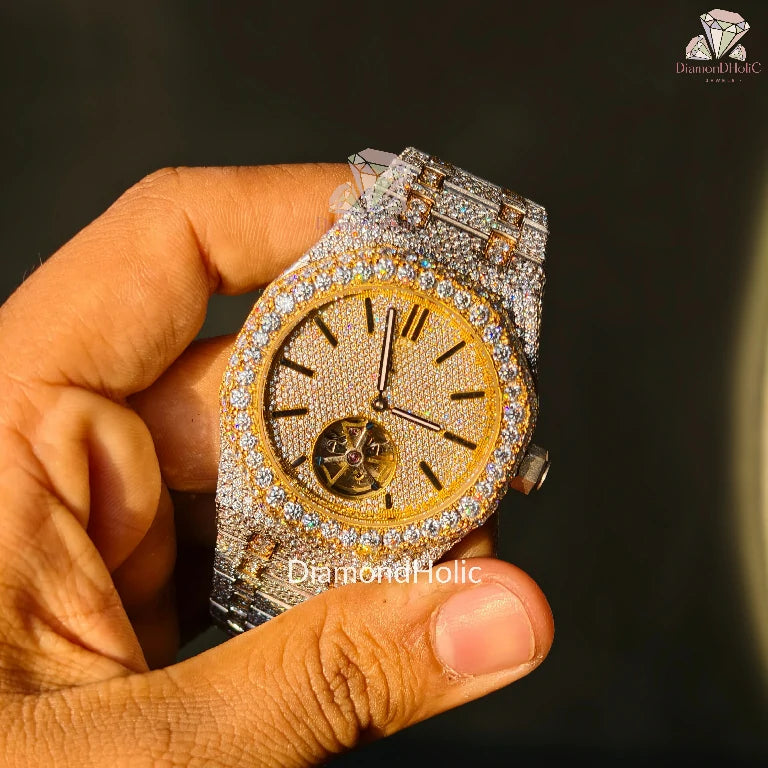
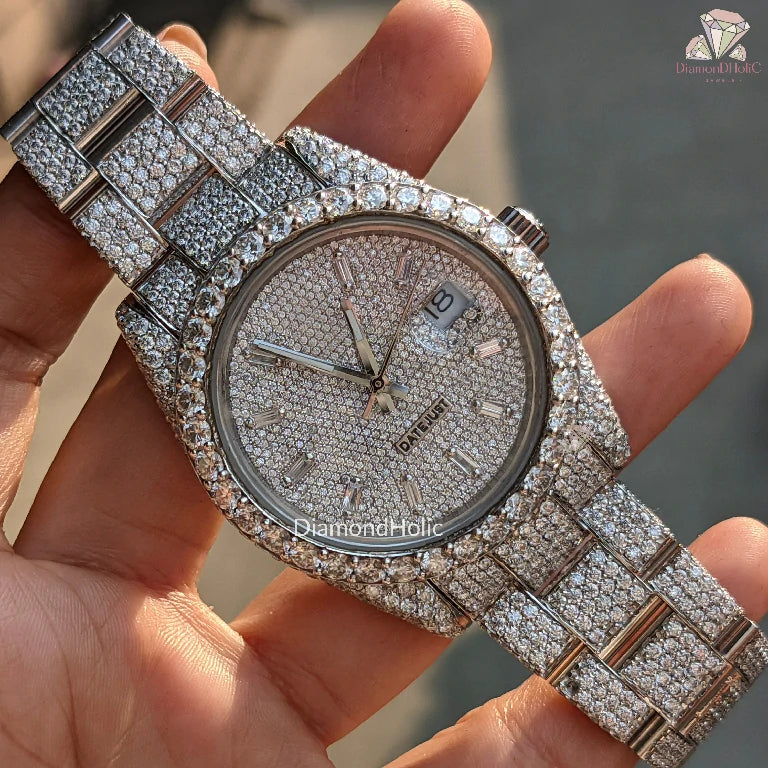
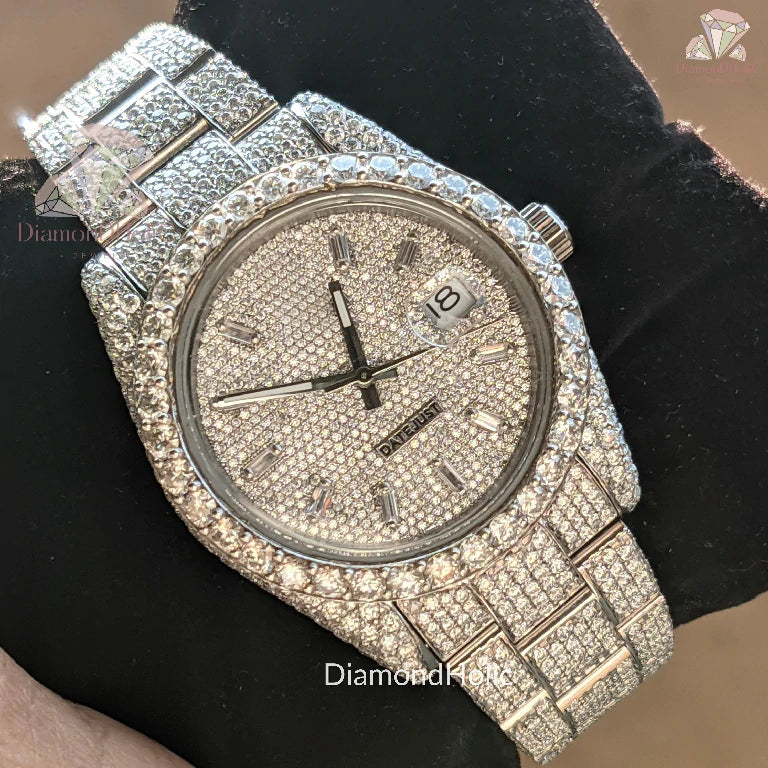


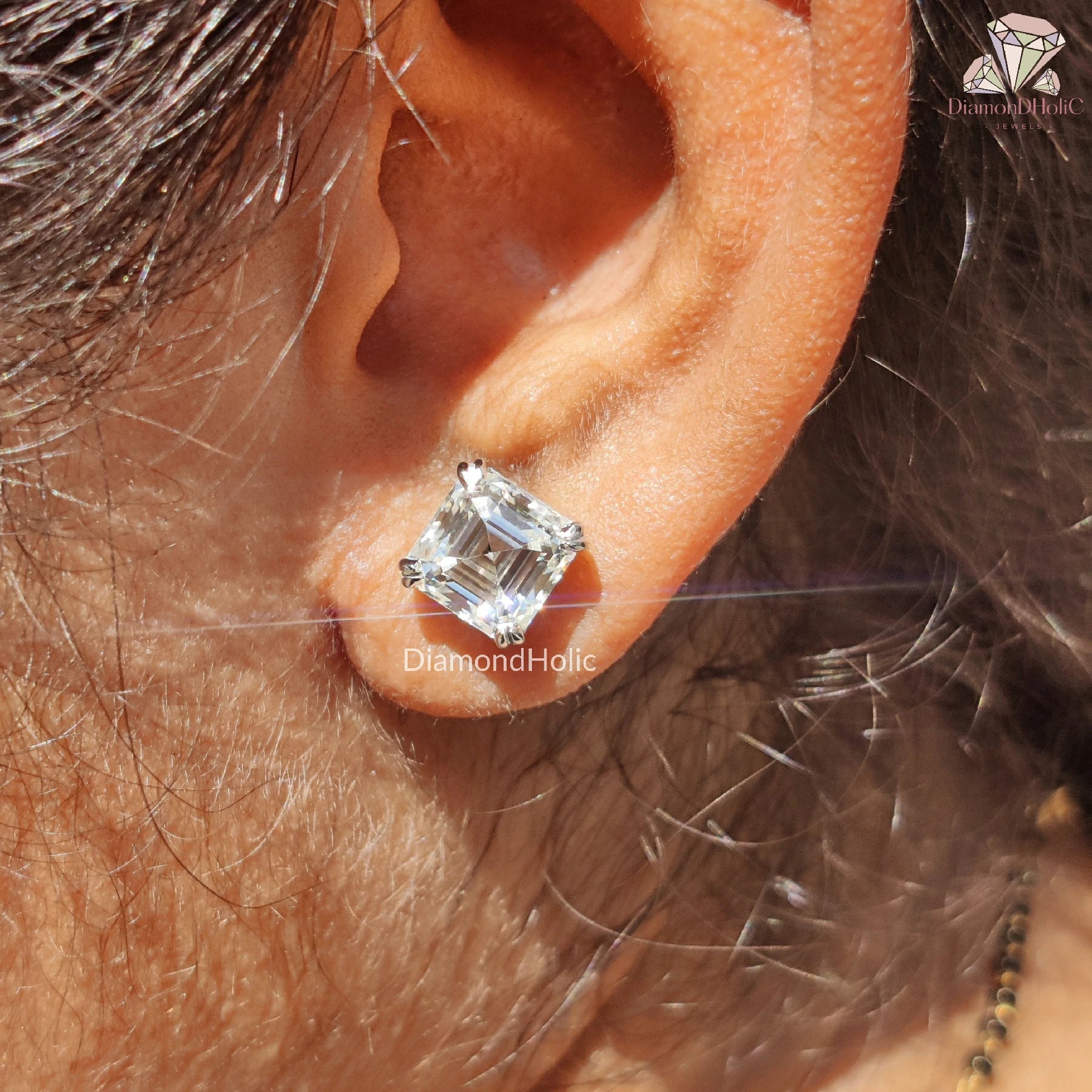
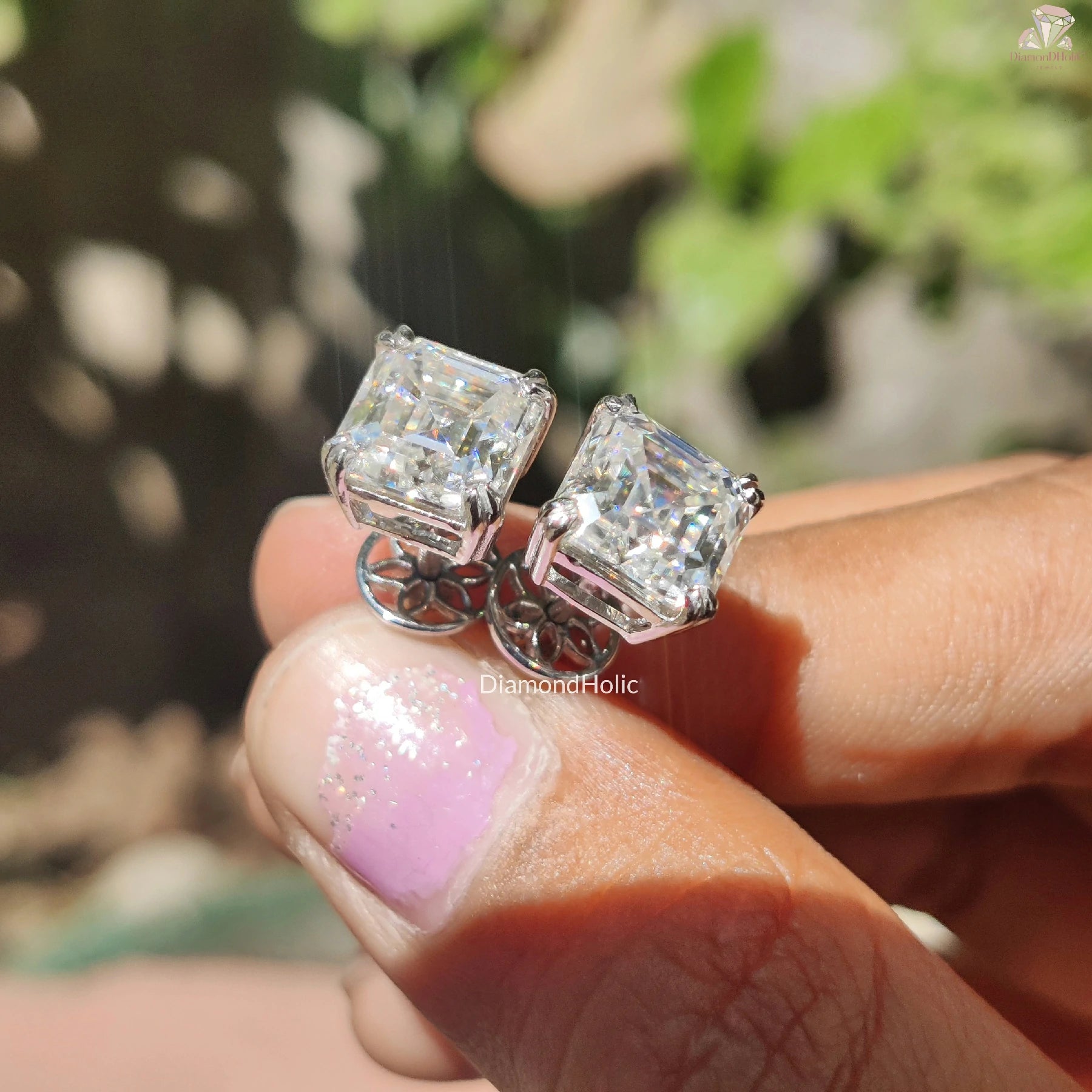










0 comments